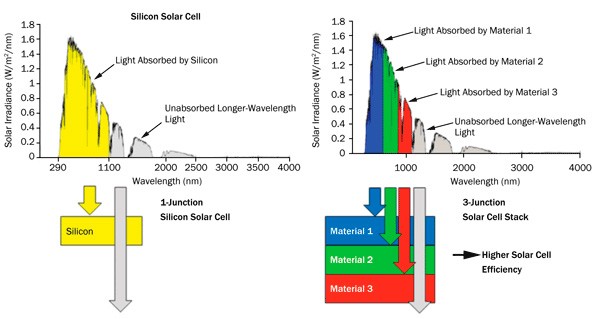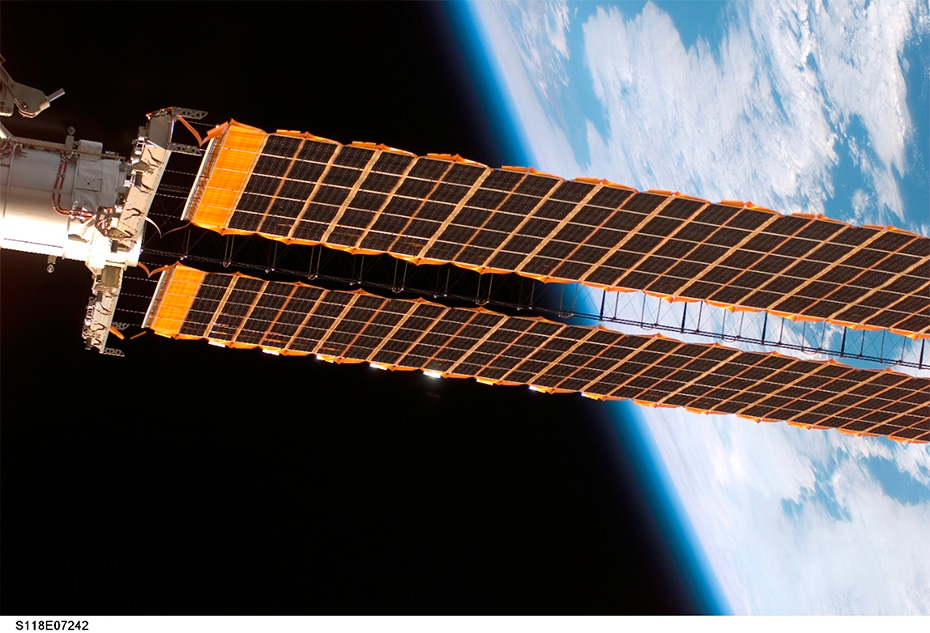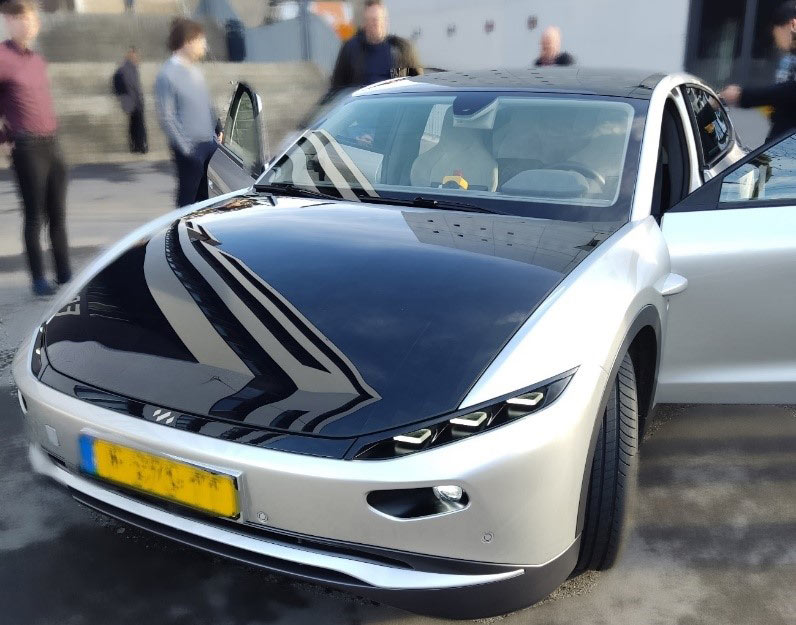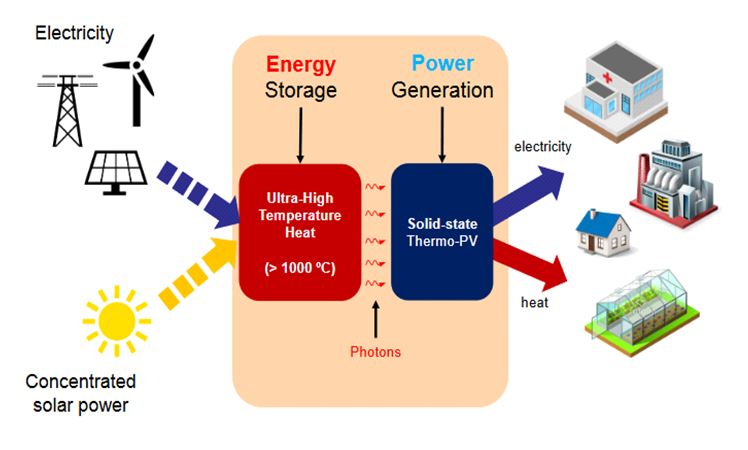
It is fair to say that the first great success of photovoltaic solar energy occurred in outer space. In 1958, the Vanguard I satellite – the third human device put into Earth orbit after Sputnik 1 and 2 – was equipped with modest solar panels covering small parts of its spherical body. This happened despite the skepticism of the US Navy, in charge of manufacturing the satellite, who did not believe in this emerging technology that had just been born at Bell Laboratories in 1954. It was the stubborn insistence of the scientist Hans K. Ziegler, who lured the Navy to mount solar panels on the Vanguard I. This ultimately turned the project into a success, paving the way for the first sustained market for the photovoltaic industry. Ziegler predicted that in space the chemical batteries that the US Navy wanted to use would fail within a few weeks while solar cells would provide electrical power for years. As so it was; reality faithfully obeyed Dr. Ziegler’s predictions and the battery died within two weeks of launch while a handful of fledgling solar cells worked reliably for six years, saving a multimillion-dollar project and the honor of the American Space Program.
During the 1960s, the recurring use of solar cells in the space race allowed the growth and consolidation of a technology whose progress in efficiency and reliability has not stopped increasing ever since. Today, more than 60 years later, solar cells continue to be the main source of energy in practically all the satellites that orbit the Earth and also for many interplanetary missions to the inner planets. Obviously, the cells that are equipped today in space photovoltaic generators have come a long way since the early days of the space race. From the modest 10% efficiency and 1W peak power offered by Vanguard I’s silicon cells, we have moved to today’s space technology with arrays of tens-of-kW using multijunction solar cells with efficiencies over 30%.
Space solar cells use novel materials in complex configurations to achieve maximum performance in a very aggressive environment such as outer space. This is possible since the cost of solar panels was never – until now – a determining factor for the space industry. Manufacturers have always sought to achieve greater reliability, longevity, efficiency, and less weight, with cost being a secondary issue. This is so since the price of the photovoltaic array represents very little compared to the costs of development, qualification, launch and operation of artificial satellites. Obviously, the absence of strong economic restrictions has allowed the space industry to always count on the best and most advanced photovoltaic technology, which today is embodied in III-V semiconductor multijunction solar cells.
To understand why current multijunction cells are better than the old silicon cells, it is worth remembering that sunlight is made up of electromagnetic waves of different frequencies or, more simply put, rays of different colors. In other words, the sunlight that we perceive as white is actually constituted by the sum of waves of different colors, some visible (blue, green, yellow, red) and others invisible to our eyes (ultraviolet, or infrared). So, the job of a solar cell is nothing more than to convert light power distributed in rays of different colors into electrical power. At this point, all that remains is to consider a very sensible idea: to carry out any job in this world, it is always better to have several specialists than a generalist. Or, as popularly stated, Jack of all trades, master of none. In photovoltaic terms, a silicon solar cell is a generalist as it must deal with reasonably well with all colors of the solar spectrum. However, a multijunction cell is an association of specialists or, more strictly speaking, a stack of several solar cells, each specialized in a specific range of colors in the solar spectrum. For example, the most widely used technology in space applications today involves GaInP/GaAs/Ge triple-junction solar cells. The first material (GaInP or gallium indium phosphide) forms a cell specialized in converting the blues, greens and yellows of the spectrum with maximum efficiency, being transparent to the rest; the second material (GaAs or gallium arsenide) constitutes a very efficient solar cell transforming the red and near infrared. Finally, the remaining infrared reaches the third cell (germanium) where part is used, and the rest is lost as heat. In short, a multijunction solar cell does nothing more than taking the classic divide-and-conquer adage to the photovoltaic field.

The description just made allows us to understand why multijunction cells are more efficient, but it also suggests why they are more expensive when using exotic materials and more complex structures. Likewise, it is also straightforward to understand that the path to greater efficiencies goes through increasing the number of unions (i.e. of specialists). In this sense, various research laboratories have presented designs with 5 and even 6 junctions and several companies in the space photovoltaic filed already offer 4-junction designs (AlGaInP/GaAs/InGaAs/Ge) in their catalogs, which are seminally beginning to be assembled in state-of-the-art satellites.
With this being the most obvious line of progress, the future of the space photovoltaic industry may be more diverse. The old idea that the cost of the solar panel is not a determining factor in the space market is beginning to falter. In recent times, the conservative space industry has been shaken by the emergence of new concepts that are fast and cheap to develop (such as cubesats, nanosats, and large constellations such as OneWeb or Starlink) for which the cost of the panels is becoming critical. Therefore, outdated ideas such as using silicon in space panels or alternatives based on new low-cost materials such as perosvkites are once again on the table.
In Spain there are relevant companies that produce solar panels for space, such as DHV (Málaga), which has grown precisely under the wing of this emerging “New Space” community. In terms of research, the Solar Energy Institute has been working on multijunction solar cells for 20+ years, being one of the most recognized centers in Europe in this field and having produced world records in this technology.




